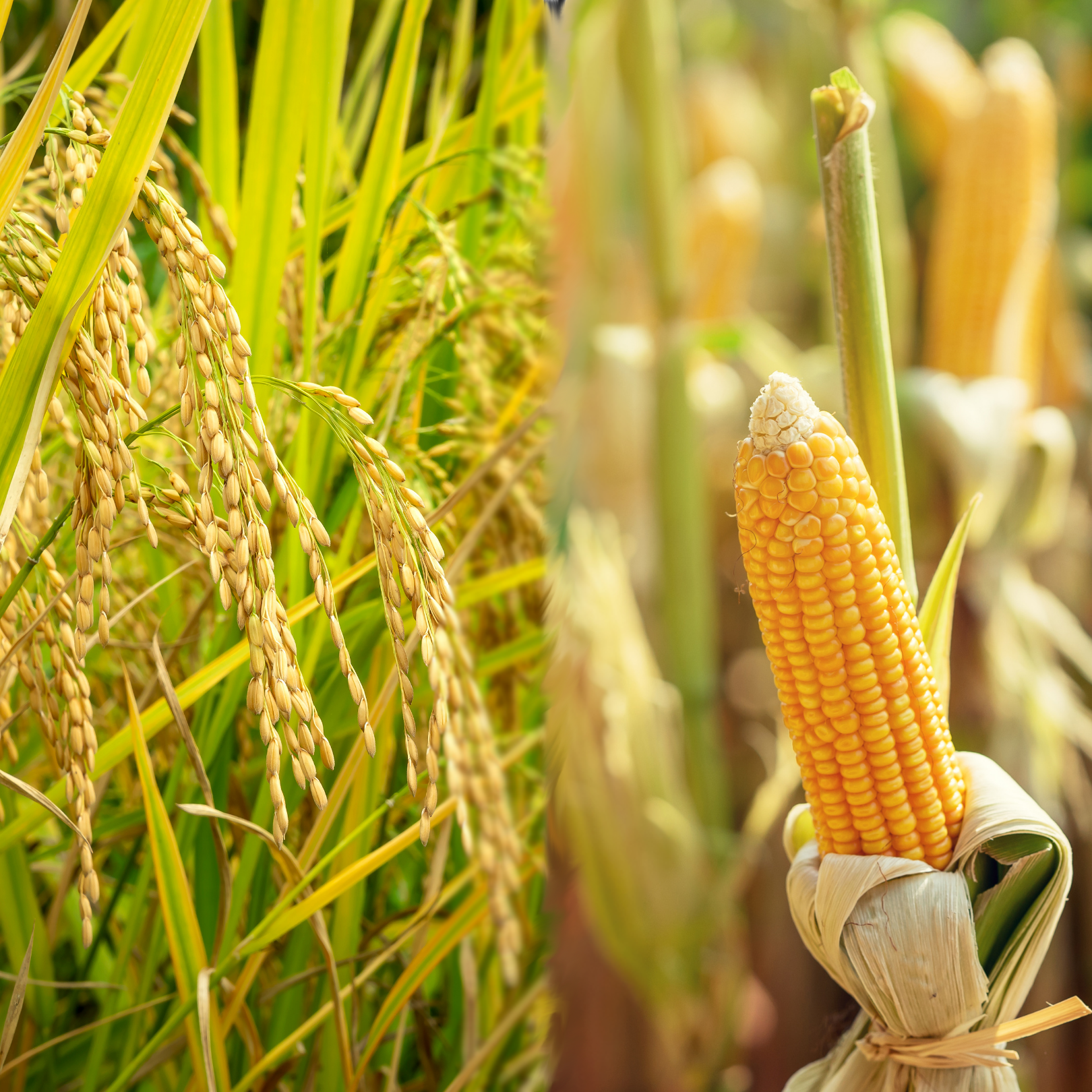
While the country’s agriculture sector posted a flat growth during the first quarter of the year (Q1 2022), the volume of production of palay and corn has slightly increased.
Based on standing crop as of February 1, 2022, the Philippine Statistics Authority (PSA) said palay production for Q1 2022 may increase to 4.64 million metric tons (MMT), 0.2 percent (%) more than the harvest in Q1 2021.
Likewise, PSA said the estimated corn production may increase to 2.46 MMT, 0.7% higher than the yield in Q1 2021.
“The country’s palay and corn harvests, including the production of vegetables, high value crops, fisheries, poultry, and livestock could have been more, as projected gains were reduced by Typhoon Odette which hit the country in December 2021, and affected then newly-planted crops and harvested during Q1 of this year,” said Agriculture Secretary William D. Dar.
“Despite the damages caused by Typhoon Odette and presently the crisis in Eastern Europe, the country’s agriculture and fishery sector actually performed relatively well and would continue to do so in the coming months,” Secretary Dar said.
At current prices, PSA said the value of production in agriculture and fisheries reached P498.6 billion (B), or 2.1% higher than the previous year’s level.
Typhoon Odette caused actual damage and opportunity loss worth P22 B, reducing projected combined harvest by more than 484,620 MT of palay (176,700 MT), corn (46,100 MT), high value crops (215,000 MT), vegetables (20,740 MT), banana (82,785 MT), mango (17,460 MT), other fruits (12,085 MT), commercial crops (73,620 MT), abaca (3,919 MT), coconut (280,658 MT), sugarcane (42,193 MT), and rootcrops (9,000 MT). For fisheries, damage totaled 1.76 MMT worth P1.19 B, and for livestock and poultry, 2.37 million heads worth P761.7 M.
The estimate was based on validated field reports conducted by respective DA regional field offices (RFOs) in tandem with affected local government units (LGUs) in 11 regions, namely: CALABARZON (4A), MIMAROPA (4B), Bicol (5), Western Visayas (6), Central Visayas (7), Eastern Visayas (8), Zamboanga Peninsula (9), Northern Mindanao (10), Davao (11), SOCCSKSARGEN (12), and Caraga (13).
Secretary Dar said the rising global prices of fuel and fertilizers have placed unprecedented stress in the agriculture sector, threatening productivity gains from major crops in the coming months.
“Said global problem was further aggravated by the Ukraine-Russia crisis, forcing a surge in the prices of fuel, fertilizers, wheat and other commodities that both warring countries produce and export to the rest of the world,” the DA chief added.
As for the fisheries subsector, which contracted by 5.8% in terms of value, this was caused by the double-digit reduction on the production of mudcrab (25%), skipjack (20%), sadines (14%), milkfish (13%), tiger prawns (11%) and slipmouth (10%).
The DA’s Bureau of Fisheries and Aquatic Resources (BFAR) attributed the decline to the lean season of capture fisheries and damages due to typhoons that adversely impacted coastal municipalities, aquaculture, and mangrove areas.
“Feed and fertilizer prices have gone up, particularly for feed wheat, which is also used by aquaculture. This explains the decline in productivity and total agricultural gross value,” said Dr. Fermin Adriano, DA undersecretary for policy and planning. He added that the contraction is expected due to the rising cost of inputs, which would further worsen due to high fuel and fertilizer prices, and the Russia-Ukraine war. ### (DA Strategic Communications)













